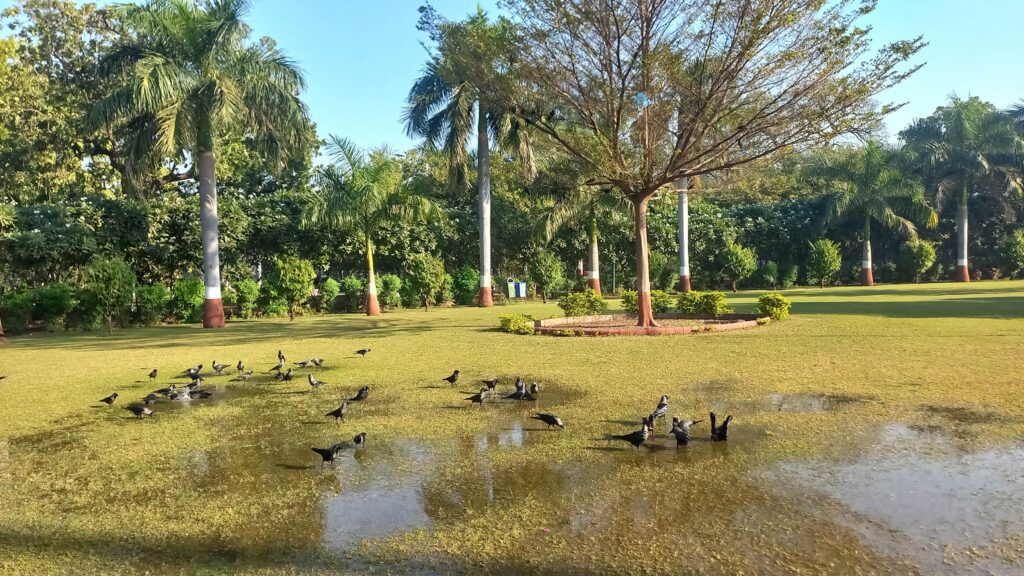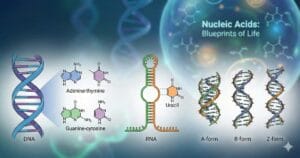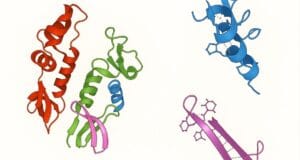
COMPETITIVE EXAM MCQs SERIES of ENVIRONMENTAL SCIENCE for UGC-NET/JRF, SLET, ARS, GATE, and other entrance tests – Environmental Biology – Population Ecology.
Syllabus Outline
- Ecological principles and dynamics at the population level.
- Population growth, regulation (e.g. competition and predation) and interactions with factors influencing population density, distribution, and structure.
- Growth models (exponential and logistic), and demographic parameters (e.g. birth rate and migration).
- Life history strategies (e.g. species-specific reproductive and survival tactics) and population modelling.
- Population genetics, evolutionary processes, and the role of natural selection in shaping populations.
- Ecological concepts such as competition, predation and symbiosis.
- Conservation biology, biodiversity, and the impact of human activities on populations.
This quiz contains the concept-based most frequently asked 25 MCQs of “Environmental Biology – Population Ecology “. Each question has a single correct/most appropriate answer.
*****
1. Which of the following explains the concept of the Allee effect in population ecology?
a) Positive correlation between population size and individual fitness
b) Negative impact of pollution on population growth
c) Decline in reproduction with increasing population density
d) Cooperative behaviour enhancing survival at low population densities
2. What is the primary goal of evolutionary rescue in conservation biology?
a) Increasing genetic diversity
b) Manipulating evolutionary processes
c) Preventing species extinction
d) Promoting rapid evolution
3. What is the key role of age structure in population ecology?
a) Influences the reproductive potential of a population
b) Determines the maximum lifespan of a species
c) Affects the density-dependent factors regulating population growth
d) Indicates the average size of individuals within a population
4. What consequences can climate-induced range shifts have on community structure?
a) Reduced genetic diversity
b) Increased habitat variability
c) Stable species distributions
d) Disruption of trophic interactions
5. How can a researcher apply population ecology principles in a real-world scenario?
a) Studying the behaviour of a single organism
b) Designing conservation strategies
c) Ignoring demographic factors
d) Focusing solely on genetic diversity
6. Why is genetic diversity important in a population?
a) Reduces reproductive success
b) Increases susceptibility to diseases
c) Boosts adaptability to environmental changes
d) Enhances competition
7. Assertion (A): Environmental stochasticity can lead to unpredictable population fluctuations.
Reasoning (R): Factors such as climatic events or natural disasters introduce random variations, affecting birth and death rates in a population.
a) A is true, but R is false.
b) A is false, but R is true.
c) Both A and R are true, but the R is not the correct explanation for the A.
d) Both A and R are true, and the R is the correct explanation for the A.
8. How does metapopulation dynamics contribute to conservation efforts?
a) Promotes habitat fragmentation
b) Informs effective conservation strategies
c) Facilitates species extinction
d) Enhances genetic diversity
9. Assertion (A): Metapopulation dynamics play a crucial role in conserving species in fragmented habitats.
Reasoning (R): The concept involves populations existing in isolated patches, and understanding metapopulation dynamics aids in formulating effective conservation strategies.
a) Assertion is true, but R is false.
b) Both Assertion and R are true, but the R is not the correct explanation for the Assertion.
c) Assertion is false, but R is true.
d) Both Assertion and R are true, and the R is the correct explanation for the Assertion.
10. What characterizes a species with an r-strategy in life history strategies?
a) High parental care
b) Rapid reproductive rate
c) Slow reproductive rate
d) Stable population size
11. How does the concept of trophic cascades influence population interactions in an ecosystem?
a) Symbiotic relationships between producers and consumers
b) Seasonal fluctuations in population sizes
c) Indirect effects of predators on plant communities
d) Direct competition among different trophic levels
12. Assertion (A): Genetic bottlenecking can increase the vulnerability of a population to environmental changes.
Reasoning (R): A reduced gene pool diminishes the adaptive capacity of a population, making it less resilient to shifting ecological conditions.
a) Both A and R are true, but the R is not the correct explanation for the A.
b) A is true, but R is false.
c) A is false, but R is true.
d) Both A and R are true, and the R is the correct explanation for the A.
13. In trophic interactions, what role does a keystone species play?
a) Drives trophic cascades
b) Maintains stable population sizes
c) Enhances reproductive rates
d) Dominates all trophic levels
14. How does metapopulation contribute to the persistence of certain species?
a) By accelerating competitive exclusion among populations
b) By decreasing genetic diversity within subpopulations
c) By limiting dispersal to avoid overpopulation
d) By promoting migration between isolated populations
15. What is the significance of genetic drift in small populations?
a) Accelerates reproduction
b) Reduces genetic variation
c) Maintains genetic diversity
d) Enhances gene flow
16. How does environmental stochasticity influence population viability?
a) Promotes genetic diversity
b) Regulates intraspecific competition
c) Affects population growth unpredictably
d) Causes rapid evolution
17. Assertion (A): Trophic cascades can result in the unexpected decline of certain plant species within an ecosystem.
Reasoning (R): The removal or addition of a predator in a trophic cascade can disrupt the balance of herbivores, affecting the abundance of plant species.
a) Both A and R are true, but the R is not the correct explanation for the A.
b) Both A and R are true, and the R is the correct explanation for the A.
c) A is false, but R is true.
d) A is true, but R is false.
18. Assertion (A): Evolutionary rescue is a strategy employed in conservation biology to prevent population declines.
Reasoning (R): This strategy facilitates rapid evolution within a population to adapt to changing environmental conditions and avoid extinction.
a) Both A and R are true, and the R is the correct explanation for the A.
b) A is false, but R is true.
c) A is true, but R is false.
d) Both A and R are true, but the R is not the correct explanation for the A.
19. What is the primary purpose of reproductive isolating mechanisms?
a) Preventing gene flow
b) Facilitating hybridization
c) Enhancing genetic diversity
d) Inducing speciation
20. Which factor contributes to micro-evolutionary processes influencing genetic diversity?
a) Large population size
b) Limited gene flow
c) High mutation rates
d) Stable environmental conditions
21. How does intraspecific competition impact niche differentiation?
a) Suppresses population growth
b) Accelerates reproductive rates
c) Promotes resource partitioning
d) Initiates genetic bottlenecking
22. How does the r-strategy differ from the K-strategy in population ecology?
a) r-strategists have a stable population size, while K-strategists experience boom and bust cycles
b) r-strategists exhibit a slower reproductive rate, while K-strategists reproduce rapidly
c) r-strategists invest more in parental care, while K-strategists have less parental involvement
d) r-strategists focus on quality offspring, while K-strategists produce many offspring
23. What does the carrying capacity represent in a logistic growth curve?
a) Maximum population size
b) Environmental resistance
c) Reproductive potential
d) Initial growth phase
24. Which of the following are the implications of the founder effect in small populations?
a) Increased genetic diversity
b) Higher adaptability to environmental changes
c) Improved resistance to diseases
d) Elevated risk of genetic disorders
25. What is a feedback loop between ecology and evolution primarily concerned with in eco-evolutionary dynamics?
a) Genetic mutations
b) Intraspecific competition
c) Environmental changes
d) Reproductive strategies
*****
Previous: Basis of Ecosystem Classification & Biomes
Next: Community ecology
References
- Odum, Eugene P. (1993) Ecology and Our Endangered Life-Support Systems, Sinauer Associates Inc., 3rd edition.
- Krebs, Charles J. (2013) Ecology: The Experimental Analysis of Distribution and Abundance, Benjamin Cummings, 6th edition.
- Sharma, P. D., and Jha, R. (2017) Environmental Biology, Rastogi Publications, 1st edition.

